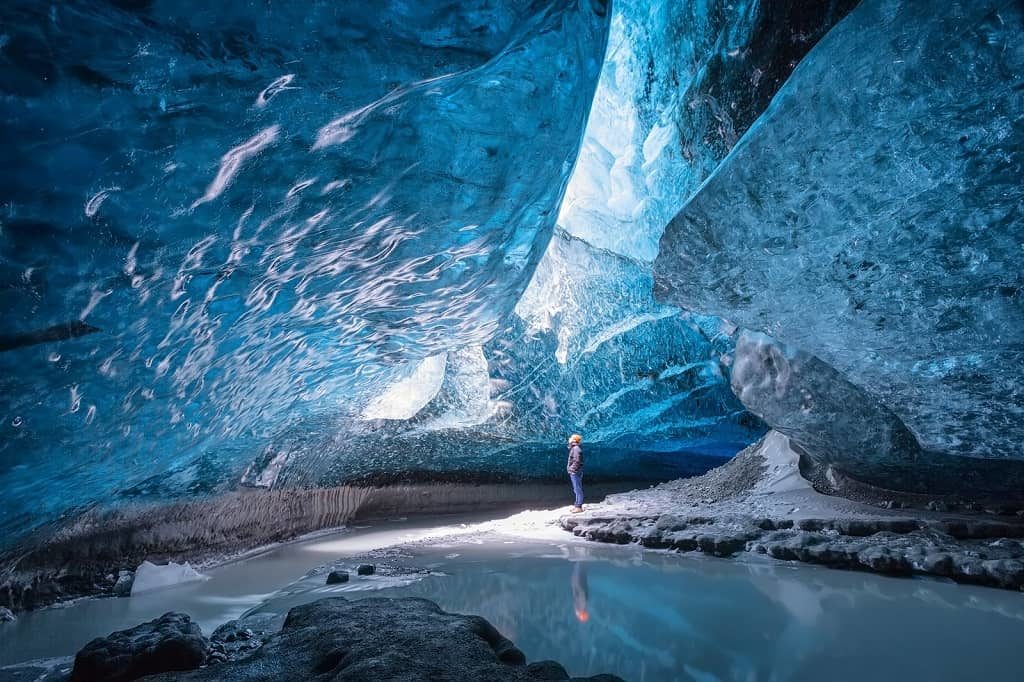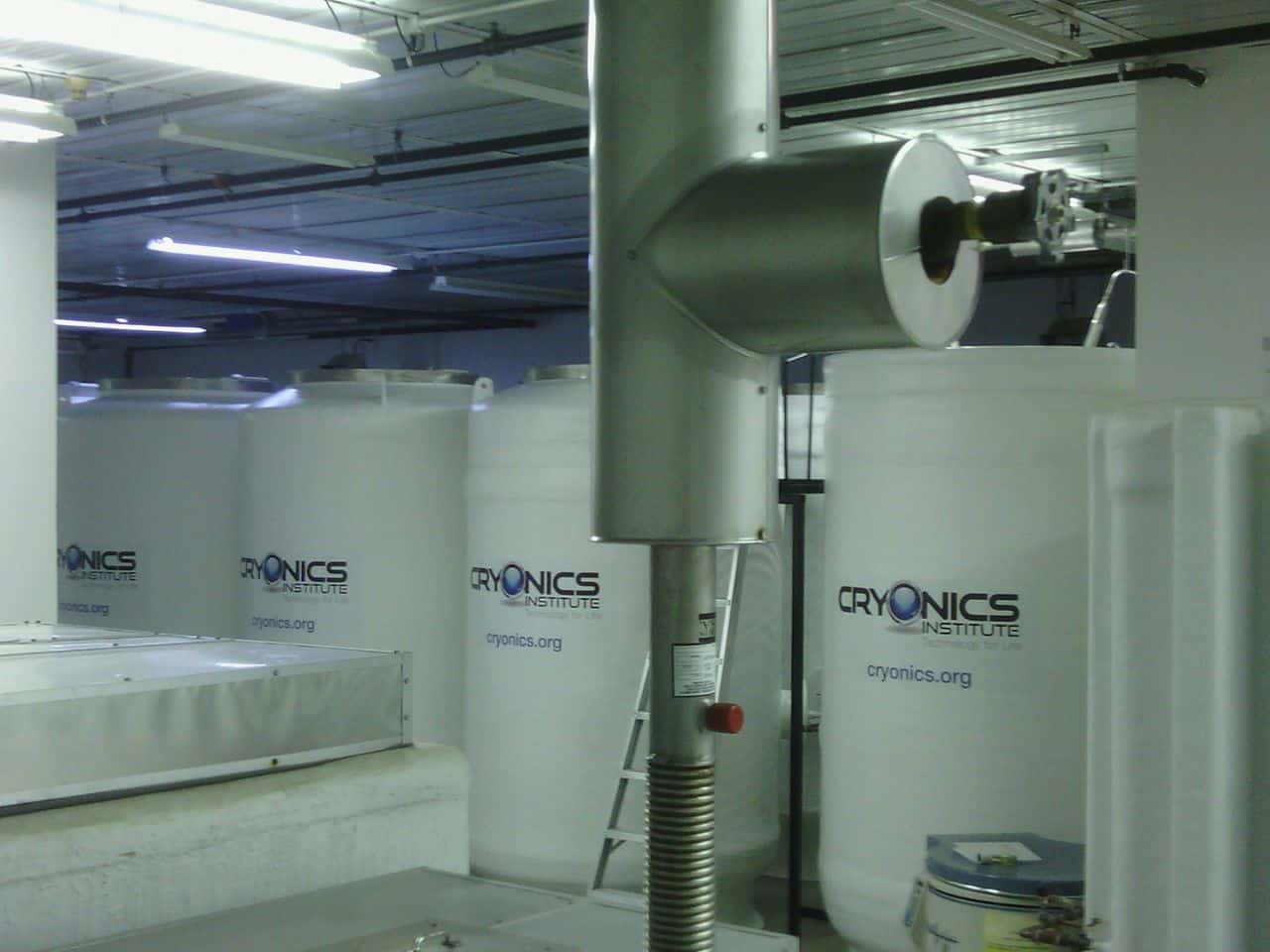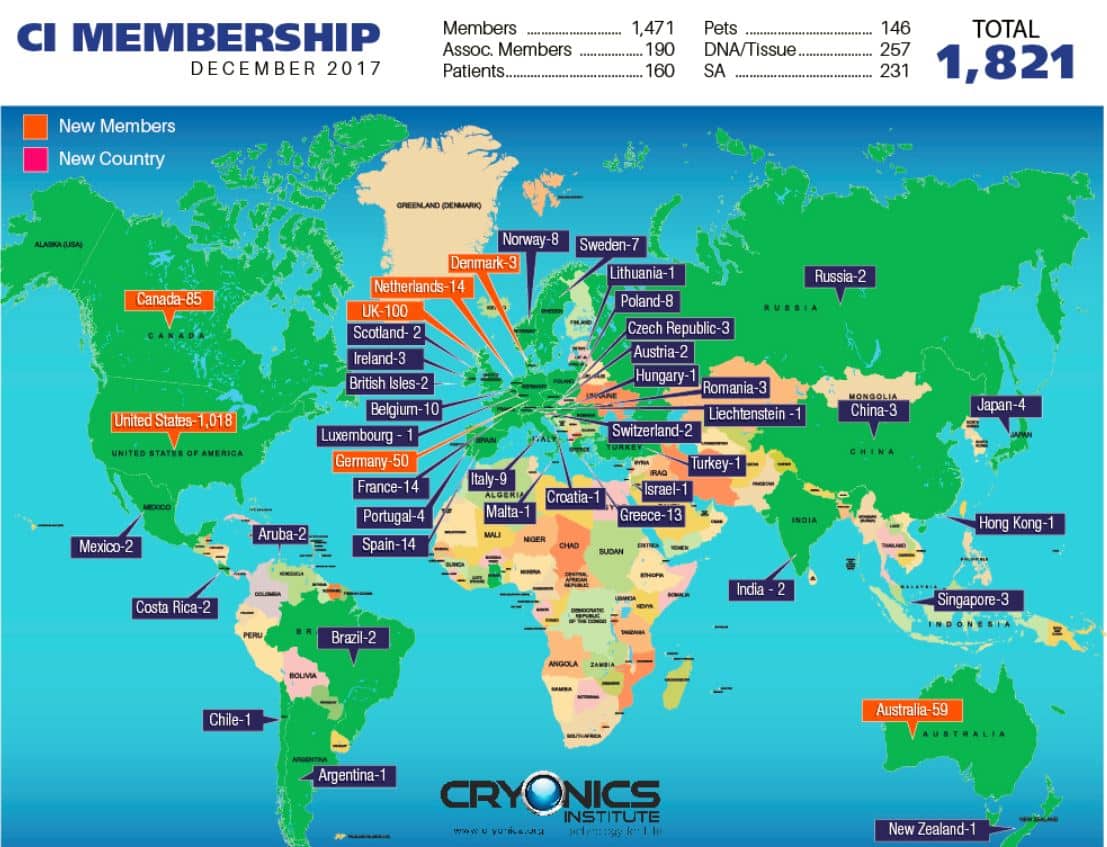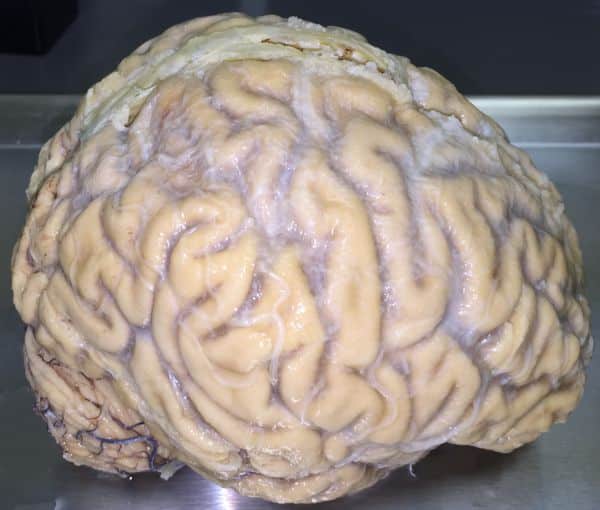An Intro to Cryogenic Freezing for Humans
Table of contents
Table of contents

The fountain of youth is something that’s been pursued by humanity for centuries. Billions upon billions of dollars are wasted every year by people who aren’t even trying to be younger, but to simply just appear younger. Imagine how much money people would spend to actually be younger and consequently live longer. While there are various motivations for living longer, the one we have is curiosity. What will this world look like 100 years from now? Instead of wasting all that time and money trying to lengthen your telomeres, why not just freeze yourself and then wake up in 100 years to find out? That’s something we refer to as cryonics. It’s been around for a while now, as just last year the science of human cryopreservation celebrated 50 years in practice.
The History of Cryonics
Derived from the greek term “cryo” meaning “cold”, cryonics is the notion that a dead person can be frozen and be brought back to life when the technology is available to do so, as originally proposed by Robert Ettinger in 1964 with his book “The Prospect of Immortality”. The first man to be frozen was 73-year old psychologist, Dr. James Bedford who was cryogenically preserved in 1967. He is reportedly still in good condition at the Alcor Life Extension Foundation in Arizona, one of the few cryonics facilities in the world. By the late ‘70s, about six cryonic companies had been formed in the US alone, and another half a dozen people followed Dr. Bedford’s steps by 1972. However, it started to become clear that it wasn’t very cheap to preserve and maintain each body. The biggest cryonics facility at the time, the Cryonics Society of California (CSC), found itself running out of funds to sustain the cryopreservation of its patients, and allegedly began to stuff multiple bodies into the same cryonic capsules using funds from newer patients to keep the struggling operation alive, capsules like these:

When 2 capsules failed as a result, 9 bodies began to decompose. By 1981, the CSC was sued by family members and was ordered to pay them $800,000 which has since tainted the reputation of cryonics in the US. Despite a rather dark past, human cryopreservation is a highly established scientific process which, if implemented correctly, might take us to the realm of immortality. But how does it really work in the first place?
Cryogenic Freezing for Humans
Today’s cryonic process starts when a person has been declared dead wherein a cryonic preservation team will immediately attempt to keep the blood pumping through the body, pack the body in ice, and inject various chemicals into the body to reduce blood clotting to the brain. As soon as the body reaches the cryonics facility, the blood is removed and replaced with an organ preservation solution. A cryoprotectant solution is then injected into the blood vessels to prevent crystal formations in the organs and tissues, a “human antifreeze” if you will. While the body is already prevented from decaying, it is still important to protect it from the effects of freezing such as shattering cells and organ damage.
Today, there are only 3 well-established cryonics facilities in the world that offer cryogenic freezing for human bodies and heads. Let’s take a closer look at each.
Founded in 1976 by the father of cryonics himself, Robert Ettinger, Cryonics Institute is located in Michigan and houses 163 frozen patients (#163 was just frozen last week) in their 7,000 square foot building, not counting the number of pets which are frozen (mostly cats, dogs and a few birds). The Institute is a non-profit organization with about 1,471 members worldwide who pay yearly dues of $120 or $1,250 for a lifetime membership, and then about $28,000 when actually frozen (most of which are covered under life insurance benefits). Members hail from around the globe as seen below:

Inside their warehouse are bodies, nestled in Walmart sleeping bags, that stand upside down within 10-foot high tanks filled with liquid nitrogen, lowering the temperature inside to about -196 degrees Celsius. The Institute even gained more popularity after accepting a body of a 14-year old girl who died in October this year when a UK Judge granted the dying teen’s wish to be cryogenically frozen after her life was unfortunately taken by cancer. She’s the Institute’s youngest patient so far.

Alcor sees the brain as the most important part of the body and the most challenging, as it holds the billions of neurons which create personality and bear memories that need to be there when the body is resuscitated back to life in the future. As part of the $800 annual fee, members are allowed to store information and a few possessions in a box locked in a Kansas salt mine that will be returned in the event they come back in the future. They’ll even take all that useless drivel you post on your Facebook page in order to reconstruct the “real you”. Alcor boastfully hosts the head of the late US baseball icon Ted Williams, among the most popular celebrities in the facility. The high price tag is largely due to a patient care trust fund which is setup to cover ongoing costs. It’s managed by a board of trustees who will make sure your best interests are kept in mind. Alcor boasts some high profile members like Peter Thiel and Ray Kurzweil.
Our third and final company is Moscow-based KrioRus, which was founded in 2005 and currently houses 58 human patients and 23 animals. The facility’s technology boasts huge chambers that can store up to 11 full-body patients and dedicated chambers for neuropreservation patients. The company charges $36,000 for full body cryopreservation and $18,000 for head-only ones for foreigners and $15,000 for Russian citizens. For the pets, they charge $10,600 for little cats and $36,000 for big dogs. Probably the most interesting part of the company’s future plans is their recently formed agreement with Space Technologies that will allow them to blast off cryogenically frozen bodies into the space (don’t ask). The company is reportedly located in an unheated warehouse in a snow-covered village surrounded by private houses a few miles northeast of Kremlin.
While those are the three main players that currently offer cryogenic freezing for humans, there are some other companies worth mentioning.
Cryonics UK is a charity made up of volunteers that provide emergency services and a cryonics community within the UK. The company accepts membership from anyone who already has a suspension contract with one of the three large providers. While Cryonics UK is a voluntary non-profit organization, they still charge to cover costs in providing standby services (around $37,400 maximum). This covers medications, airway management, agency doctor fees and more. However, the company claims this doesn’t have to be fixed fee as each case is different and in most cases the final bill is on an average of more or less $20,000 only. The company boasts their own set of on-call ambulances and a team of volunteers that can attend immediately to getting your body on ice and off to your chosen cryonics provider.
This non profit based out of Oregon was established in 2005 and is licensed through the State of Oregon as a Nontransplant Anatomical Research Recovery Organization (NARRO) of which there have been only four such licenses granted so far. Starting in 2014, they began freezing brains, like this one from Patient 104 which they froze in 2016:

There are 88 years of memories in grandma’s brain seen above that they someday hope to restore. We weren’t able to find any information on prices or the number of patients that have opted for their brains to be frozen in this manner, but if the company reaches out to us with that information we’ll update the article.
Based out of Miami Florida, the latest company to offer cryogenic freezing for humans is Osiris which 
Another startup in South of Wales, Australia may become the world’s second facility outside the US. Southern Cryonics plans to build a facility that will reportedly be able to store 40 bodies in 10 specialized stainless steel vessels in a location with low risk of disaster and bushfire. While there hasn’t been an official release for prices, company secretary Matt Fisher declares a range of around $60,000-70,000 for full body preservations. Their last update spoke of needing to raise more funding or scale back the original plan and also stated that there is no expected opening date at the moment.

Freezing the brain so that it remains intact when thawed is the Holy Grail, and that science seems to have made some recent advances. In Feb. of 2016, there was a “cryonics breakthrough” when for the first time, scientists were able to freeze a rabbit’s brain and then thaw it a week later to see that the brain was “uniformly excellent” when examined using electron microscopy according to an article by New Scientist. That new freezing technique was developed by a California company called 21st Century Medicine. For all you MBAs reading this, there seems to be a lot of money in freezing bodies and at least one venture capitalist who would probably be keen to fund your idea. If the idea doesn’t take off now, maybe you can try again in 100 years when your brain is thawed out.
Sign up to our newsletter to get more of our great research delivered straight to your inbox!
Nanalyze Weekly includes useful insights written by our team of underpaid MBAs, research on new disruptive technology stocks flying under the radar, and summaries of our recent research. Always 100% free.
















Cryonics may be expensive, but no one has ever got rich offering cryonics services. The market could not bear the cost if it was any higher. That is to say there is no room for financial profit. However the profit is in the fact that most if not all the people offering the service are doing so in order for it to be there when they need it.
Therefore it would not be of interest to MBAs purely as a business proposition. There are easier ways to make money.
Cheers for the comment John. Maybe if they can make some progress in recovering memories from brains there might be some more potential. There’s a startup called Kernel which is said to be at 80% accuracy for reading long term memories. Of course that would just bypass the whole need to freeze the brain since it would all be digital.
I am putting a Charitable Foundation together for a group of who will participate in the Cryonic and revival processes. Ideally I would like to help fund research in this field for the long term. Do you know of research going on currently?
Regards
ML
Many of the world’s billionaires are dabbing here. More money is probably not what’s keeping things from happening here, and it’s likely to be an exclusive club that finally does make headways. Has anyone been able to revive any sort of life forms yet successfully?